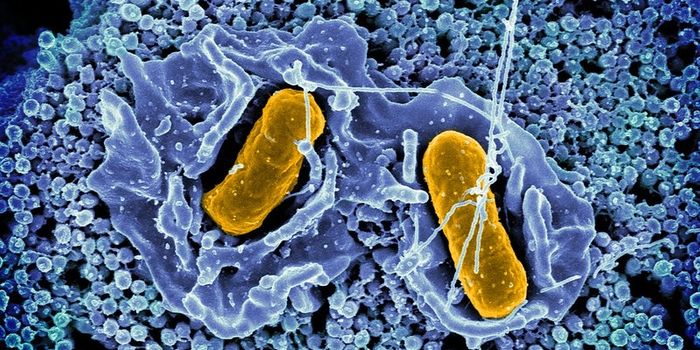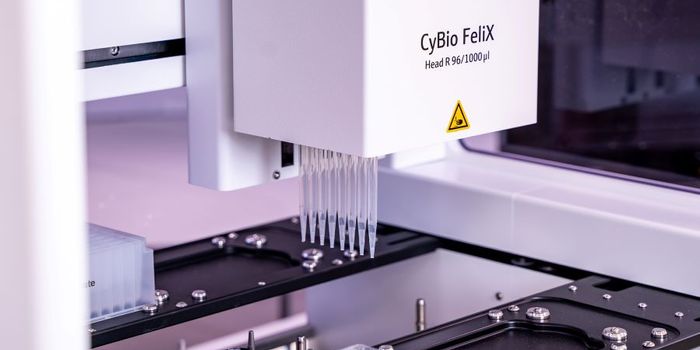Mutation Hotspots in the Human Genome are Discovered
Scientists have revealed parts of the genome that are especially vulnerable to mutations that occur very early on in development. These areas are in the initial portions of genes, where the cell tends to start transcribing an active gene sequence into a molecule known as RNA. These regions were shown to be 35% more likely to mutate compared to what is predicted to happen by chance. The mutations that can arise in these sequences can also be inherited by offspring. The findings have been reported in Nature Communications.
"These sequences are extremely prone to mutations and rank among the most functionally important regions in the entire human genome, together with protein-coding sequences," noted corresponding study author Dr. Donate Weghorn, a researcher at the Center for Genomic Regulation in Barcelona.
These mutations in the initial sequences of genes tend to arise during the first divisions of a fertilized cell, directly after conception. These mutations are known as mosaic mutations, since they will carry on in certain cells where that mutation has happened, but are not found in all of the cells of an organism. Since mosaic mutations can appear in some cells but not others, they may or may not have an impact on health, since not all genes are expressed in all tissue types.
But, these mutations can be passed down through eggs or sperm to offspring, who will then carry that mutation in all of their cells.
In this study, the investigators analyzed the sequences of transcription start sites in over 200,000 human genomes, and compared that data to information about mosaic mutations. Many gene’s start sites were shown to carry greater than the expected number of mutations. Additional work revealed that many of these genes that carry excess mutations at their start sites were related to cancer; problems with limb development; or brain function. Most mutations were also likely to cause harm.
The researchers also suggested that these mutational hotspots should be considered in new models.
"If a model doesn't know this region is naturally mutation-rich, it might expect, say, ten mutations but observe fifty. If the correct baseline is eighty, then fifty means fewer than expected and is a sign harmful changes are being removed by natural selection. You would completely miss the importance of that gene," explained Weghorn.
Some genetic studies only focus on mutations that are found in offspring and not in parents, so mosaic mutations that are relevant to disease may remain undetected in that approach. These studies may be completely missing important, disease-related mutations.
"There is a blind spot in these studies. To get around this, one could look at the co-occurrence patterns of mutations to help detect the presence of mosaic mutations. Or look at the data again and revisit discarded mutations that occur near the transcription starts of genes most strongly affected by the hotspot," added Weghorn. "Finding a new source of mutations, particularly those affecting the human germline, doesn't happen often.”
Sources: Center for Genomic Regulation, Nature Communications









